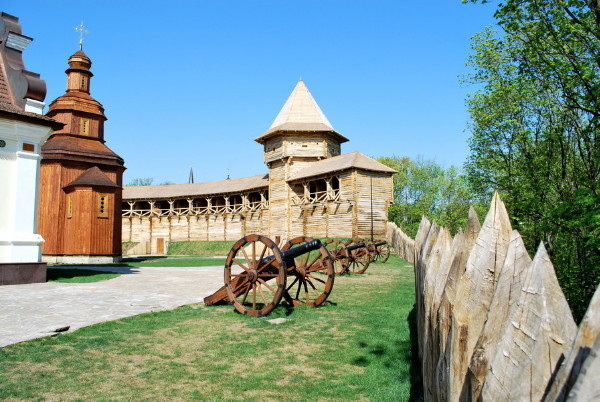Baturyn
Baturyn. [Батурин] Map: II-13. Historic center and former Cossack capital, now a town smt (2017 pop 2,571) in Bakhmach raion, Chernihiv oblast. It is located on the south bank of the Seim River, a tributary of the Desna River.
In the 11th century a small fortress was constructed at this site for the protection of the southeastern border of Chernihiv principality. In 1275 this fortified settlement, the predecessor of modern Baturyn, was razed by Mongols invading Kyivan Rus’. It re-emerged as a provincial town (mistechko) in the early 17th century.
The first specific reference to Baturyn appears in documents from the 1620s, after the Chernihiv land had been incorporated into the Polish-Lithuanian Commonwealth. In 1625 the Polish government commissioned a castle on the site of the Kyivan Rus’ stronghold. At the beginning of the 1632–34 war between Poland and Muscovy, Baturyn was temporarily occupied and devastated by the Russian army. The royal administration and magnates then rebuilt and populated the town. Between 1634 and 1648 they erected a spacious fortress around the castle.
In 1648 the Ukrainian Cossacks wrested control of Baturyn from the Poles (see Cossack-Polish War), and it became a local Cossack company center. As its economic significance continued to expand, the town was granted Magdeburg law in 1654. In 1669 it became the capital of the Hetman state, in part because it had been spared the sort of damage inflicted on other major centers in Left-Bank Ukraine during the turmoil of the so-called Ruin. This status was intended to have been temporary. However, Baturyn went on to serve in succession as the residence of Hetmans Demian Mnohohrishny (1669–72), Ivan Samoilovych (1672–87) and Ivan Mazepa (1687–1708).
Mnohohrishny and Samoilovych modernized and reinforced the fortress according to plans drawn up by the Prussian military engineer Adam Zörnikau. They constructed a brick palace and treasury house in the citadel and a court hall (aka the Kochubei building) in the Cossack Baroque style. The latter is the sole extant 17th-century edifice in the town.
During Ivan Mazepa’s hetmancy, Baturyn reached the pinnacle of its vitality and became one of the large and prosperous towns in early modern Ukraine. It was a major center for the development of the Cossack officer class, or Cossack starshyna (notably the growth of its national consciousness), as well as well-to-do craftsmen and merchants.
Blacksmithing, nonferrous metal-casting, goldsmithing, bone carving, and the production of weapons, military equipment, riding gear, jewelry, glass, leather goods, textiles, pottery, bricks, lime, lumber, and other building materials were practiced in Baturyn. Particularly advanced was the manufacturing of ornamented glazed ceramic stove tiles, or kakhli. Some of them are fine pieces of folk craftsmanship marked with strong influences of Lithuanian, Belarusian, Polish, and possibly Dutch ceramic or graphic art of the 17th–18th centuries. The hetman capital maintained extensive commercial and cultural contacts with many countries in western, central, and eastern Europe.
Mazepa funded the construction of the large, seven-domed brick Holy Trinity Cathedral (ca 1692), St. Nicholas’s Church (1696–98), and four wooden churches in Baturyn. He founded a higher secular school there—the so-called Chancellery Kurin’—for the training of diplomats, treasurers, jurists, chancellors, and other officials of the Hetman state. At the Baturyn suburb of Honcharivka, Mazepa built a private three-story palace designed in the Western Baroque style with elements of local decoration. This large hetman residence contained halls for diplomatic audiences, council meetings, and banquets; portraits of European and Turkish rulers; a large library; and a collection of rare weapons.
The famous Saint Nicholas’s Krupytskyi Monastery is situated seven kilometers from the town. In 1680 General Judge Ivan Domontovych commissioned the construction of its main brick five-domed cathedral in the Ukrainian Baroque style. The monastery’s hegumen in 1682–83 and 1686–92 was the outstanding churchman, theologian, and writer Dymytrii Tuptalo, who enjoyed the protection and support of Hetmans Ivan Samoilovych and Ivan Mazepa. In 1704–8, another important Ukrainian church leader, Hedeon Odorsky, was the monastery’s archimandrite. The renowned graphic artist and poet Ivan Myhura (monastic name: Ilarion) served as hegumen there in 1709–12.
Other prominent figures residing in or near Baturyn were the later hetman Pylyp Orlyk (1672–1742), then the general chancellor of Mazepa’s administration, and his son Hryhor Orlyk (1702–59), the leader of the Ukrainian political emigration after his father’s death; the chronicler Samiilo Velychko (1670–1728); and the Saxon military engineer and artillery expert Friedrich von Königsek (d. 1708).
Baturyn became a military base for Ivan Mazepa’s rebellion against Moscow’s growing domination over Left-Bank Ukraine. After Mazepa and his Cossack troops sided with the Swedish king Charles XII on 29 October 1708, the Russian tsar Peter I ordered his field marshal Aleksandr Menshikov to destroy the hetman capital. A Russian force of 10,000 men tried to seize the town on 1 November. But only after Colonel Ivan Nis of the Pryluky regiment disclosed the location of a secret passageway into the fortress were the Russians able to break into Baturyn on 2 November and to rout the Cossack garrison of 6,000–7,000, killing an equal number of its residents with no mercy given to women, children, or the elderly. Many corpses were dumped into the Seim River to float downstream alongside rafts carrying crucified or impaled Cossack officers. The Russian soldiers looted the town and its outlying settlements and razed the buildings there, including churches and the Krupytskyi Monastery. Thus this punitive action against the rebellious Mazepa and his supporters was used to terrify and pacify the insurgent population of the Hetman state.
Historians have estimated the total number of victims of the annihilation of Baturyn to be between 11,000 and 14,000. Archeological research has corroborated and substantively supplemented the written sources and oral accounts of this tragedy.
Baturyn stood in ruins and was deserted for about forty years. The last of Left-Bank Ukraine’s hetmans, Kyrylo Rozumovsky (1750–64), the owner of the town at that time, rebuilt it and ushered in a brief renaissance. He established the manufacturing of carpets, broadcloth, silk, candles, bricks, and ceramic stove tiles, and a stud-farm, a parish school, and a hospital. Rozumovsky planned to set up a university there and strove to return the capital of the waning Hetman state from Hlukhiv to Baturyn. His intentions were dashed by the abolition of the Hetman state in 1764 and its subsequent incorporation directly into the Russian Empire.
Rozumovsky abdicated as hetman, but nevertheless settled in Baturyn in the 1790s. There he financed the construction of the masonry churches of the Intercession (1789) and Resurrection (1803) in a Neoclassical style. From 1799 to 1803 the Scottish architect Charles Cameron designed Rozumovsky’s palace in the same manner. The former hetman died in Baturyn in 1803 and was buried in the crypt of the extant Resurrection Church.
The town gradually declined over the course of the 19th and 20th centuries. A notable achievement during this period was the creation of the first scientific beekeeping school in Eastern Europe near Baturyn by Petro Prokopovych (1775–1850). The Prokopovych Museum of Apiculture was established there in 1924.
The Soviet authorities shut down the Saint Nicholas’s Krupytskyi Monastery in 1922 and demolished its main cathedral in 1934. The other monastery structures fell into disrepair until 2000, when the complex was revived as a convent. Likewise, Rozumovsky’s Church of the Intercession was purposefully dismantled during the Soviet era.
Before Ukraine became independent, any research into this capital of the Hetman state was virtually impossible for political reasons. In 1995–97 archeologists from Chernihiv State University and the Institute of Archeology of the National Academy of Sciences of Ukraine began excavations at Baturyn. In 2001 Canadian archeologists and historians joined them, thus launching an on-going Canada-Ukraine project for the scholarly exploration of Baturyn, sponsored by the Canadian Institute of Ukrainian Studies, the Shevchenko Scientific Society of America, and the Pontifical Institute of Mediaeval Studies at the University of Toronto. Large-scale annual excavations have yielded a considerable amount of information about the urban development of this center during the Princely era and Cossack period and its destruction in 1708.
The Hetman Capital (“Hetmanska stolytsia”) National Historical and Cultural Preserve was founded in Baturyn in 1994. Ukraine’s president Viktor Yushchenko took a personal interest in the project and facilitated a state program for the revitalization of the town and reconstruction or preservation of its historical monuments. As a result, a monument in memory of the victims of the 1708 massacre was established in 2004, and the Kochubei residence (containing the General Court Hall Museum), the Rozumovsky palatial ensemble, the Resurrection Church, and the fortifications and main edifices of the citadel were restored in 2005–2008. A new Church of the Intercession was built in 2007–2008 with financial assistance from a Ukrainian Orthodox church parish in Bloomingdale, Ill.
In November 2008 the 300th anniversary of the Baturyn tragedy was officially commemorated. To mark this event, the Hetman Capital Preserve opened an Archeological Museum. There are plans to create a Museum of Hetman Glory at the Rozumovsky palace and to reconstruct Ivan Mazepa’s palace at Honcharivka and the Trinity Cathedral after their final excavations have been completed.
BIBLIOGRAPHY
Mezentsev, Volodymyr. “An Archaeological and Historical Survey of Baturyn, the Capital of Hetman Ivan Mazepa,” in Mazepa e il suo tempo: Storia, cultura, società/Mazepa and His Time: History, Culture, Society, ed Giovanna Siedina (Alessandria, Italy 2004)
Kovalenko, Volodymyr. “Baturyn—het’mans’ka stolytsia,” in Mazepa e il suo tempo. Storia, cultura, società/Mazepa and His Time: History, Culture, Society, ed Giovanna Siedina (Alessandria, Italy 2004)
Kyrkevych, Viktor; Virots’kyi, Volodymyr. Het’mans’ka stolytsia Baturyn (Kyiv 2007)
Pavlenko, Serhii. Zahybel’ Baturyna 2 lystopada 1708 roku (Kyiv 2007)
Vechers’kyi, Viktor. Het’mans’ki stolytsi Ukraïny (Kyiv 2008)
Kohut, Zenon et al (eds). Baturyns’ka starovyna: Zbirnyk naukovych prats’, prysviachenyi 300-littiu Baturyns’koï trahediï (Kyiv 2008)
Andrij Makuch, Volodymyr Mezentsev
[This article was written in 2008.]

.jpg)
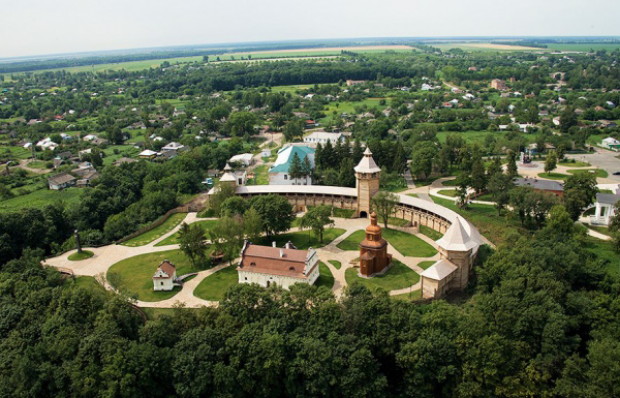
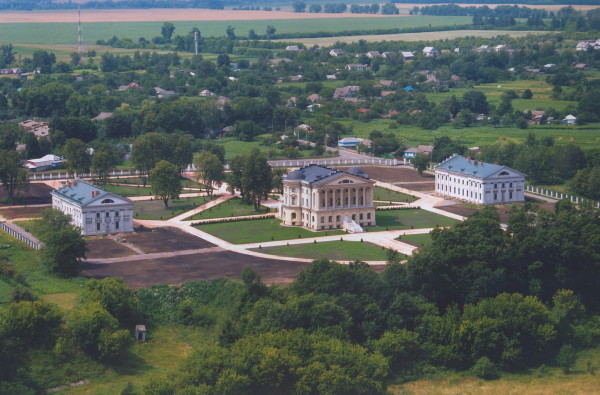
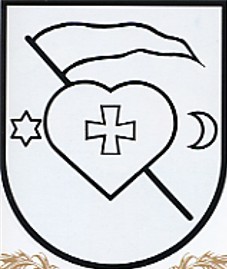
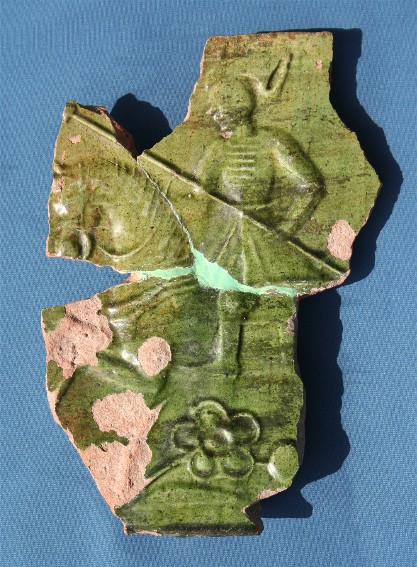
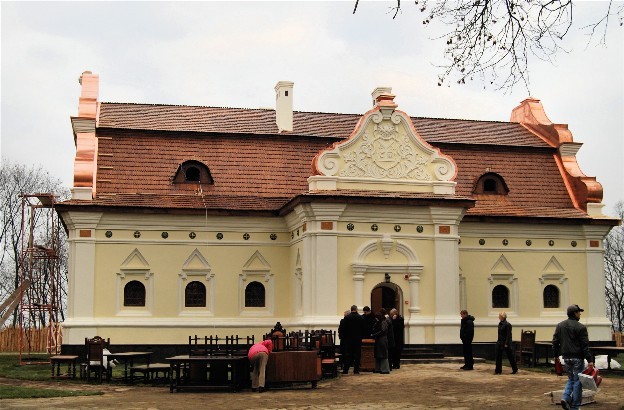
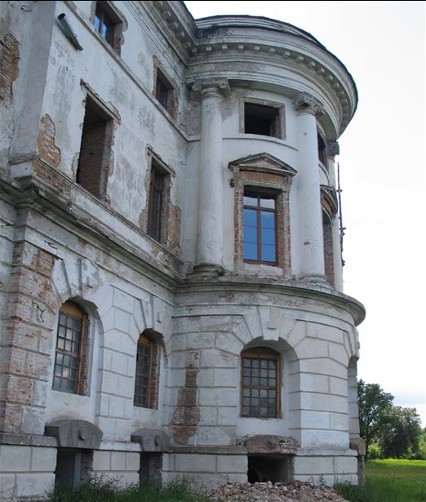
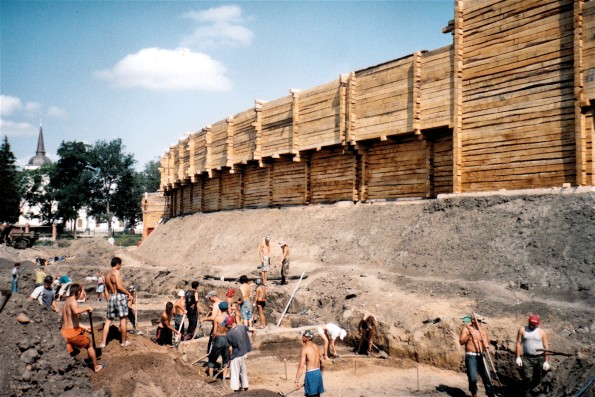
.jpg)
